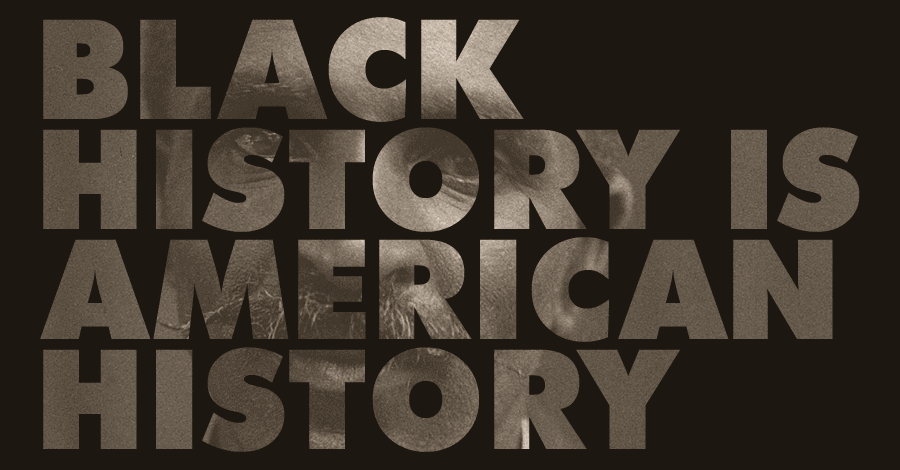Tag Archives: Social
Race and the New Economy
This is an excellent read from Yes! magazine contributor Penn Loh: What’s the Role of Race in the New Economy Movement?
On a deeper level, race matters because the economy we currently have is deeply racialized. Race and racism are central to how the dominant economy functions, whom it serves, and who pays the costs of obscene wealth accumulation and environmental unsustainability. Race and class in the United States are inextricably intertwined, beginning with slavery and Native American genocide and continuing to this day with the struggle of immigrants. In short, how we live in and experience the economy differs drastically depending on our race and class.
I think that this is something that should surely be addressed because people of color have long been aware that they are ignored at the top and only are consequential when it serves the purpose of people who are already benefitting from the policies in place. Which is why many have no issue with resigning themselves from attempting to do better or insist on working outside of the common wisdom when it comes to finance.
Realism Vs. Racism: The Mexican Barbie Doll Scandal
One of Mattel’s most popular collections of dolls the “Dolls of the World” collection, is meant to pay homage to various countries around the world. However, the latest release (June 2012) of the Mexico Barbie has brought forth the issue of realism vs. racism . Pictured above is an image of the doll adorned in “traditional” Mexican garb holding a chihuahua under her arm. I not sure if it is racist, but…when looking at photos of the other dolls, one thing does become abundantly clear to me, and that is the way that regardless of what “country” or “nationality” each doll is associated with, they all seem to still have traces of the classic white Barbie Doll that has been plastered in our minds for over 50 years….It would seem to me that if Mattel seeks to make a diverse array of dolls, they can work a little harder to make the dolls more closely resemble the native women of their respective countries. Additionally, since the US is a diverse nation, it would not hurt to throw in some dolls that depict the many hues, shapes, sizes, features, and other various traits of US born women. As a collector of Black Barbie Dolls, this same issue has been in my mind and the source of my frustration for many years, as the “Black” versions of many of the other collections of popular Barbies seems to resemble women like me, less and less each year. It seems interesting to me that this is just now being called into question.



